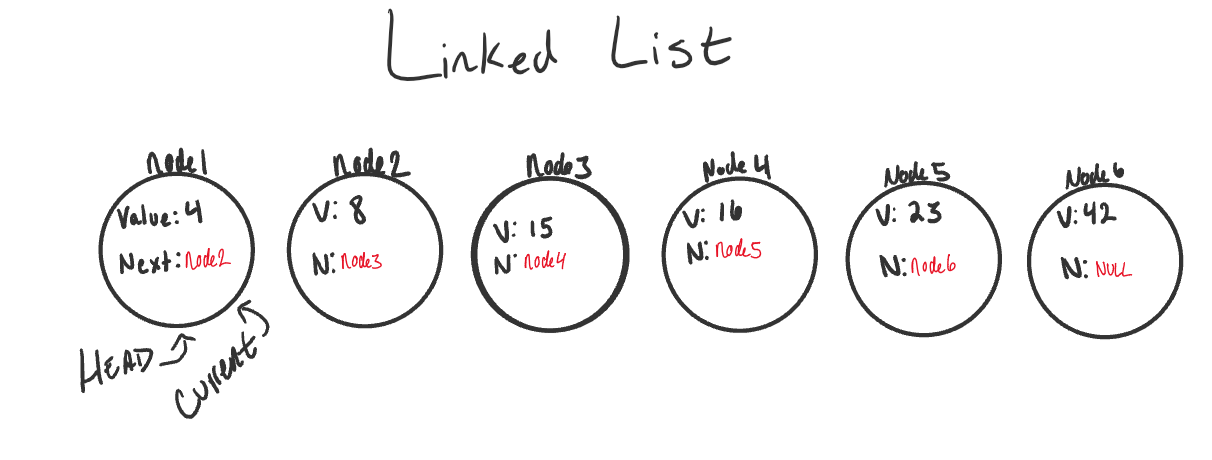A linked list is a linear data structure, in which the elements are not stored at contiguous memory locations. The elements in a linked list are linked using pointers as shown in the below image:
Advantages over arrays
- Dynamic size
- Ease of insertion/deletion
Each node in a list consists of at least two parts:
- data
- Pointer (Or Reference) to the next node
is a linked list where all nodes are connected to form a circle. There is no NULL at the end. A circular linked list can be a singly circular linked list or doubly circular linked list.
Advantages of Circular Linked Lists:
-
Any node can be a starting point. We can traverse the whole list by starting from any point. We just need to stop when the first visited node is visited again.
-
Useful for implementation of queue. Unlike this implementation, we don’t need to maintain two pointers for front and rear if we use circular linked list. We can maintain a pointer to the last inserted node and front can always be obtained as next of last.
-
Circular lists are useful in applications to repeatedly go around the list. For example, when multiple applications are running on a PC, it is common for the operating system to put the running applications on a list and then to cycle through them, giving each of them a slice of time to execute, and then making them wait while the CPU is given to another application. It is convenient for the operating system to use a circular list so that when it reaches the end of the list it can cycle around to the front of the list.
-
Circular Doubly Linked Lists are used for implementation of advanced data structures like Fibonacci Heap.
A Doubly Linked List (DLL) contains an extra pointer, typically called previous pointer, together with next pointer and data which are there in singly linked list.
Advantages over singly linked list
- A DLL can be traversed in both forward and backward direction.
- The delete operation in DLL is more efficient if pointer to the node to be deleted is given.
- We can quickly insert a new node before a given node. In singly linked list, to delete a node, pointer to the previous node is needed. To get this previous node, sometimes the list is traversed. In DLL, we can get the previous node using previous pointer.
Email: [email protected]




